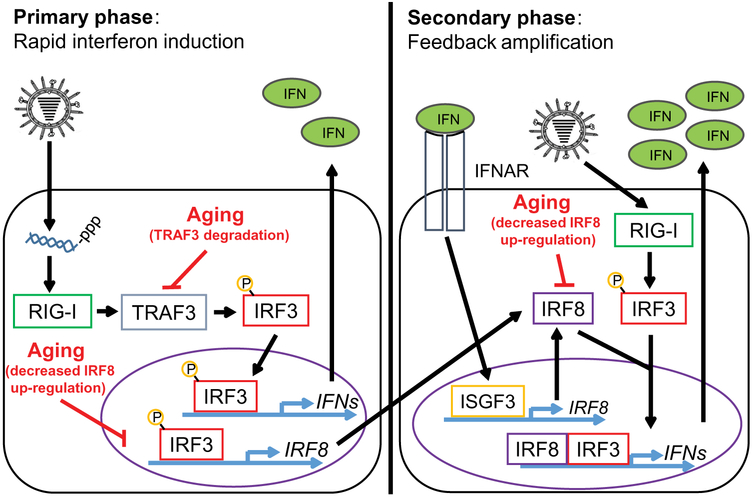Fig. 6. A model of aging-related impairment of IFN Induction in monocytes.
During the primary phase of the interferon response (minutes to hours after IAV infection or RIG-I stimulation), RIG-I mediates phosphorylation of the transcription factor IRF3 through a mechanism that depends on TRAF3. Once phosphorylated, IRF3 homodimerizes and mediates the rapid transcription of genes encoding type I IFNs, which are secreted from the cell, and promote the expression of other primary transcripts such as IRF8. Aging is associated with decreased TRAF3 protein abundance as a consequence of increased K48-polyubiquitin–mediated TRAF3 proteasomal degradation, which impairs IRF3 phosphorylation and consequent IFN secretion. During the secondary feedback phases of the interferon response, secreted IFNs and continued RIG-I signaling promote the further induction of IRF8 within the cell. IFNs produced during the primary response activate the interferon-α/β receptor (IFNAR) to stimulate the assembly of the interferon-stimulated gene factor 3 (ISGF3) complex, which further stimulates the production of IRF8. IRF8 cooperates with other IRF family members to amplify the production of IFNs, producing a robust antiviral interferon response. Aging impairs IRF8 induction, thereby further compromising interferon production.

